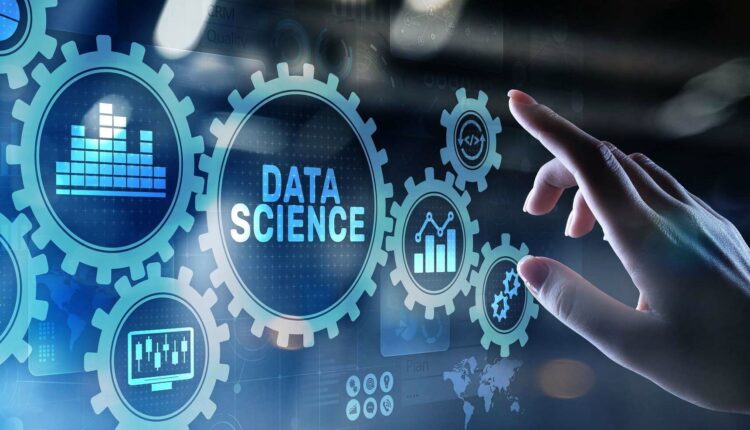Seven Applications of Data Science in Marketing
Seven Applications of Data Science in Marketing
Marketing of the products has a very positive correlation with the increase in sales of the given product. Traditional methods include television and newspaper advertisements, telemarketing, etc., but they target a large audience with no guarantee of return on Investment (ROI) made on advertisement campaigns. Marketing techniques are changing with the advancement of time and technology. Data is the new currency and managing the data for the benefit of the company is where data science is thriving. Consider a scenario where a company spends a fortune on an advertisement campaign digitally, and despite having many views yet there is no ROI. This is where a data scientist comes into the picture. He can understand the customer base’s demographics. The understanding of data goes beyond age, geographic location, income, occupation, ethnicity, and gender. A simple affinity analysis (also known as a market basket analysis), will give the company an area to target as research would include certain consumer behaviours’ co-occurrences.
Data Science has created turmoil in the entire marketing world with its numerous usages.
Some usages are as follows:
- Segmentation: Not every customer of the business has an affinity towards the same product. Customers can be segregated on account of their purchase patterns and how much time they spend on the advertisements or on specific pages of the company’s website. Through this analysis, we can make informed decisions based on their emotional response. Almost all companies now have an analytical way of looking into business and creating user segmentation so that they can identify their customers.
- Optimizing the target users: Earlier, the insights generally included name, gender, and age, but in the realm of data, we can get information regarding what kind of person the business is appealing to and how to maximize that. Moreover, we can channel the marketing technique in order to maximize the revenue generated and minimize the marketing cost.
- Lead Targeting Machine Learning Model: It’s a waste of resources if we are unable to reach the right customers at the right time, and this is the challenge solved by machine learning algorithms. Through the extensive analysis of marketing data and with the help of existing libraries and algorithms can make an educated guess regarding which offers would appeal to which segment of our customers, which reduces the time that we generally waste on layman’s guesswork. This, in turn, can make futuristic decisions based on the response the machine learning algorithms get from the customers on the educated guess that the algorithms had performed, making it more powerful for further decisions.
- Real-Time Analysis: There are definite benefits to analysing the data that is collected over time, but a delay in such decisions keeps the company’s potential restricted. Real-time analysis of data helps the company understand its customers’ behaviour as it happens. It also helps in faster response which appeals to the customers. This is performed in case if a customer walks into the store or website we can send out targeted offers. Any major fluctuation can be analysed in a real-time analysis, which can save the company’s fortune. Companies like HSBC, Visa, and MasterCard use real-time analytics to analyse transactions and predict fraud.
- Recommendations: There is literally the company’s whole business model based on the recommendation engine powered by machine learning algorithms like Netflix, Amazon Prime, and many more OTT platforms. This is also used widely in e-commerce sites like Amazon and Flipkart.
- Predictive Analysis: Predictive analysis helps in predicting what might happen in certain situations that might affect either your business or the customers. With the tremendous increase in data by IOT devices, we can back our predictions generated by algorithms. Predictive analytics can help the business in targeting the right customers who have more potential lifetime value or lower churn rate. It can also direct the content to appropriate users. It can give an estimate of ROI on advertisements before even launching the campaign. Ecommerce retailers like Walmart, D’Mart, etc, use predictive analysis to create a pattern of purchases of their customers.
- Customer Loyalty: Building a better life for the average customer is very necessary for the business. The proper analysis of data of average customers can give us the solution to why they are no longer with the business, how business can improve based on certain scenarios and finally what can be the best next action for the customer as they interact with the website. These answers can help increase customer loyalty and, in turn, lower the churn rate.
In conclusion, the data is growing at an uncontrollable rate, and the grip over user data is the key to penetrating the market and being a market leader in that domain. Just as a blind man has the tool to walk, but the cane shows the way, similarly, the marketing strategies work best when analysis of customer data shows the way.


Dear Tanaya, your article is really insightful.
Today marketers dig deeper into the ocean of data to find valuable insights (jewels)!
Very Insightful